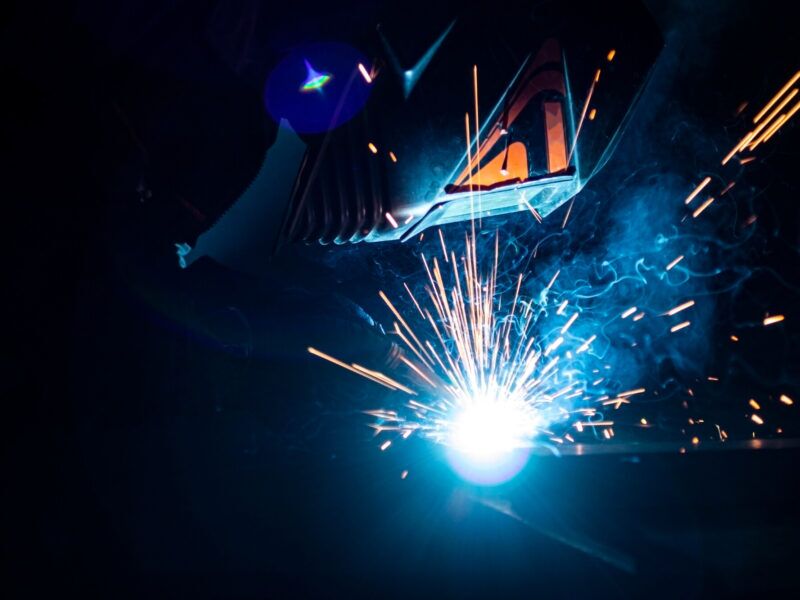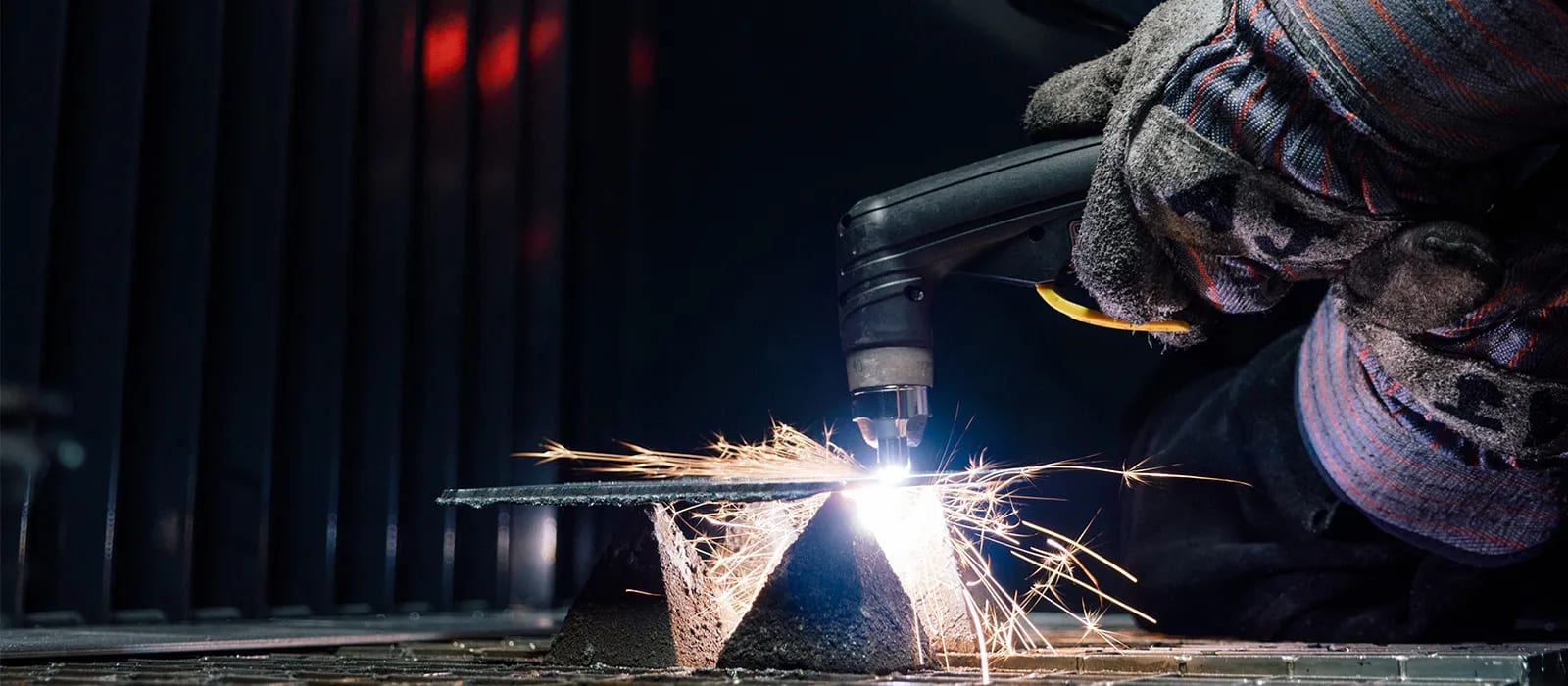Specialist Strategies for Preventing Weld Undercut Effectively
Specialist Strategies for Preventing Weld Undercut Effectively
Blog Article
Comprehending the Causes and Solutions for Undercut Welding in Steel Construction Procedures
In the world of steel construction processes, the incident of undercut welding positions a considerable difficulty that demands an extensive understanding of its causes and practical services. The elaborate interplay of various factors during welding procedures can bring about this unwanted sensation, affecting the structural integrity and total top quality of the bonded joints - Preventing weld undercut. By dissecting the origin of undercut welding and discovering efficient restorative measures, fabricators can boost the requirement of their workmanship and guarantee the manufacturing of remarkable metal parts
Common Sources Of Undercut Welding
Regularly overlooked in metal fabrication, undercut welding happens due to different aspects that require meticulous attention and competence to be properly minimized. In addition, improper welding techniques, such as using the wrong welding angle or travel speed, can additionally add to damage development. The selection of welding criteria, such as voltage, existing, and cord feed rate, plays a substantial duty in the event of undercut welding.
Influence of Incorrect Welding Parameters
Imprecise welding criteria can dramatically endanger the honesty and high quality of welded joints in metal fabrication processes. The influence of inaccurate welding specifications materializes in different ways, leading to architectural weak points and flaws in the welded components. One critical facet influenced by inappropriate welding specifications is the penetration deepness of the weld. Not enough warm input due to reduced welding currents or exceedingly high travel rates can lead to insufficient fusion in between the base metals, resulting in insufficient joint infiltration and compromised bonds. Conversely, too much warm input brought on by high welding currents or slow-moving travel rates can cause excessive and burn-through support, creating a weak and unsteady weld structure. Furthermore, incorrect criteria such as incorrect voltage setups or inaccurate electrode angles can contribute to unpredictable weld bead accounts, lack of combination, and increased opportunities of issues like damaging. Meticulous attention to welding criteria is vital to make certain the production of top quality welds with the preferred mechanical residential or commercial properties and architectural honesty.
Effect of Improper Torch Angle
Improper lantern angle in welding procedures can considerably impact the quality and honesty of the last weld joints in metal fabrication procedures. Damaging is a typical welding problem where a groove forms along the weld toe, damaging the joint and endangering its structural integrity.
A torch angle that is too steep can cause insufficient infiltration, incomplete blend, and raised spatter. On the other hand, a lantern angle that is also superficial can lead to extreme infiltration, burn-through, and distortion of the base material. Preventing weld undercut. Appropriate torch angle is essential for ensuring regular weld high quality, strength, and appearance
To avoid undercutting and various other problems triggered by incorrect torch angles, welders have to be trained to maintain the right torch angle throughout the welding procedure. Regular surveillance and modification of lantern angles during welding can aid accomplish audio welds with very little defects.
Function of Inadequate Welding Techniques

One more aspect of inadequate welding methods is improper weld preparation. Inadequate cleansing of the base steels, wrong joint style, or inadequate edge preparation can all add to damage welding. Poor securing gas protection or using the wrong kind of gas can result in incomplete fusion and the development of undercut flaws.
To deal with the role of poor welding methods in metal fabrication procedures, it is important to offer comprehensive training for welders. Correct education on welding parameters, joint prep work, and shielding gas option can assist prevent undercut welding and make certain top notch welds in metal manufacture jobs.
Effective Solutions for Undercut Welding
Resolving undercut welding in metal manufacture needs implementing efficient solutions to improve weld quality and architectural integrity. Among the primary options to combat undercut is to change welding parameters such as voltage, present, and take a trip speed to make certain proper warm input and fusion. By fine-tuning these settings, welders can protect against extreme melting of the base steel and filler material, minimizing the likelihood of undercut formation.
In addition, proper joint preparation is critical in avoiding undercut. Guaranteeing tidy base steel surfaces complimentary of impurities and using the proper bevel angle can aid promote much better weld infiltration and lower the risk of undercut - Preventing weld undercut. Utilizing appropriate welding strategies, such as oscillating the torch or weaving, can likewise assist in dispersing heat evenly and filling up the weld joint appropriately, minimizing the possibility of undercut problems
Moreover, picking the correct welding consumables, consisting of electrodes and filler metals, is vital in minimizing undercut. Using materials with suitable chemical make-ups and mechanical residential properties can add to achieving sound welds with very little undercut. Normal examination and quality control steps ought to likewise be carried out to find and resolve undercut concerns without delay, making certain the total stability of produced metal parts.

Conclusion
To conclude, recognizing the reasons and options for undercut welding in steel construction processes is essential for achieving high-quality welds. By resolving usual reasons such as inaccurate this contact form welding specifications, improper lantern angle, and poor welding methods, welders can avoid undercutting and make certain solid, resilient welds. It is important to take notice of these variables and carry out effective remedies to improve the general welding process and last product quality.

Report this page